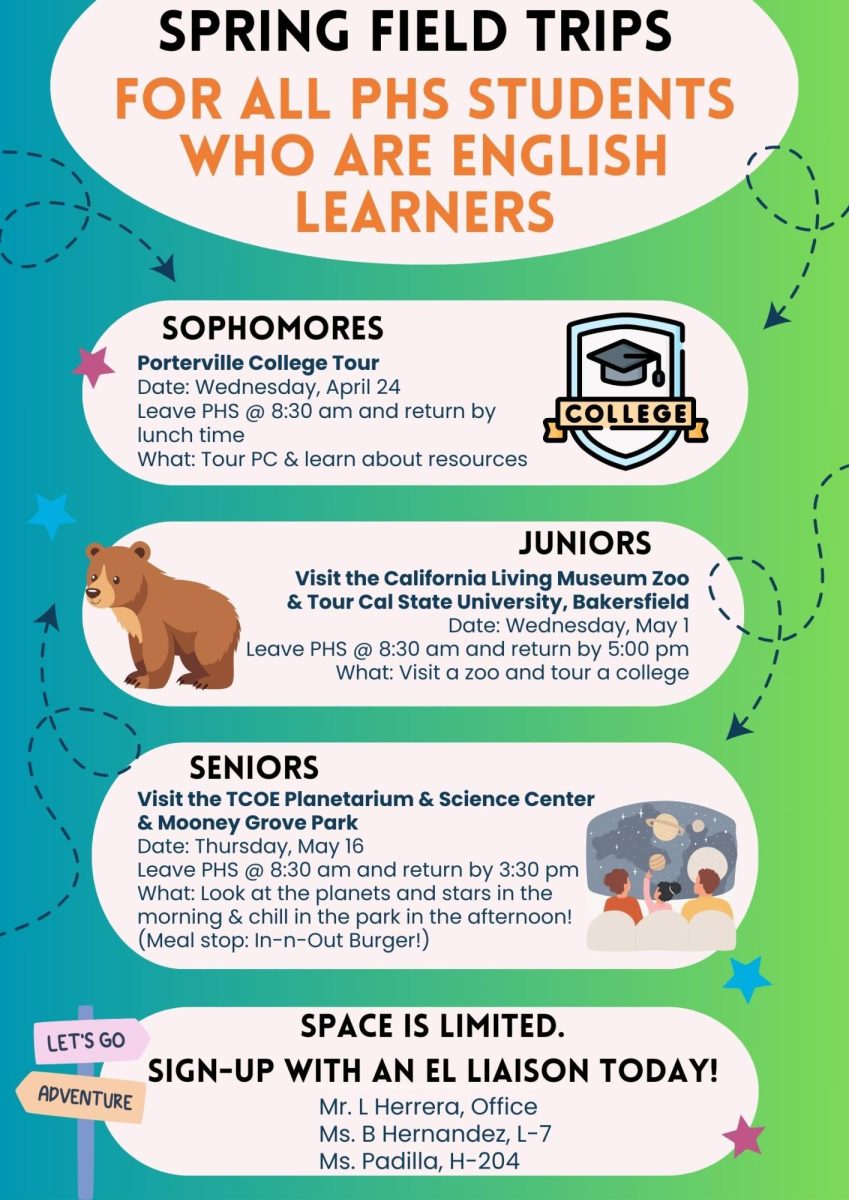As the world becomes more advanced, it only contributes to many societal problems social media brings. For example, we begin to rely on AI for answers, follow trends, and follow beauty standards presented in society. Social media has transformed society’s communication, relationships, and self-perspection in a path of negative impacts.
To begin, a central issue pointed out with the problem of social media is that it affects many of its users mental health, causing cruel, self-inflicted thoughts. Social media has become a toxic environment where peer pressure has increased among users because users feel as though they must participate in trends to get views, likes, or validation. A good example was the trend “Devious Licks” on TikTok in September 2021. This trend intended for its users to vandalize and steal from public properties, such as school restrooms, classes, restaurants, etc., and show what they stole, such as sinks and toilets, or mirrors, to the world via social media to get followers and likes. This trend went so far that many places were starting to get police officials involved; this is a prime example of how social media can adversely affect society.
It has been shown that social media mainly impacts the lives of younger audiences, ages 8 to 25, but primarily those around 5-20. According to a study conducted by Yale, “Exposure to social media can overstimulate the brain’s reward center and, when the stimulation becomes excessive, can trigger pathways comparable to addiction.” Teens and younger audiences have become highly addicted to their electronics and rely on them for everything, from seeing how to fit into society via beauty standards to relying on them for answers, making it a part of their daily lives. Beauty standards have a substantial negative impact on their minds because beauty standards online are harsh on their self-esteem. Beauty standards online portray unrealistic beauty where one has to have the perfect button nose, straight white teeth, the ideal body, and a good facial structure. These characteristics shouldn’t be used as the definition of beauty standards because this gives people the mindset that if they don’t have these features, they are not equal to those who do have them. When such ideas are out there, users tend to want to look like this because social media have conditioned them to think that is how one should look to be considered beautiful.
Another negative impact brought upon by social media is the causing of emotionally impaired, and their ability to think critically or perform tasks is damaged because they stop using and training their brains to total capacity. According to the article “The Effects of Digital Addiction on Brain Function and Structure of Children and Adolescents: A Scoping Review” by the National Library of Medicine, it is stated, “The escalating prevalence of studies investigating digital addiction and its detrimental impact on the human brain’s structure and functionality has been noticeable in recent years. Yet, an overwhelming majority of these reviews have been predominantly geared towards samples comprising college students or adults, such as internet gaming disorder, internet addiction disorder, problematic smartphone use, tablet overuse, and so forth. Given this context, summarizing the effects on the brain structure and functionality during the vital developmental stage (0–18 years) is of immense significance. The synthesized evidence indicated two primary results: (1) it exerts harmful effects on the structure and functionality of the brains of children and adolescents, and (2) the prefrontal lobe is the region most consistently reported as impacted across all research. Furthermore, this review discerned a notable void of studies investigating the neural indices of digital addiction, along with a shortage of studies focusing on young children (0–6 years old) and longitudinal evidence. This research could provide the necessary theoretical basis for the thwarting and intervention of digital addiction, a measure indispensable for ensuring healthy brain development in children and adolescents.” So, as we navigate this ever-evolving setting and technology, we should try to eliminate our usage of technology or advocate for it to become a better place where positive change can be ensured and help make meaningful changes.














